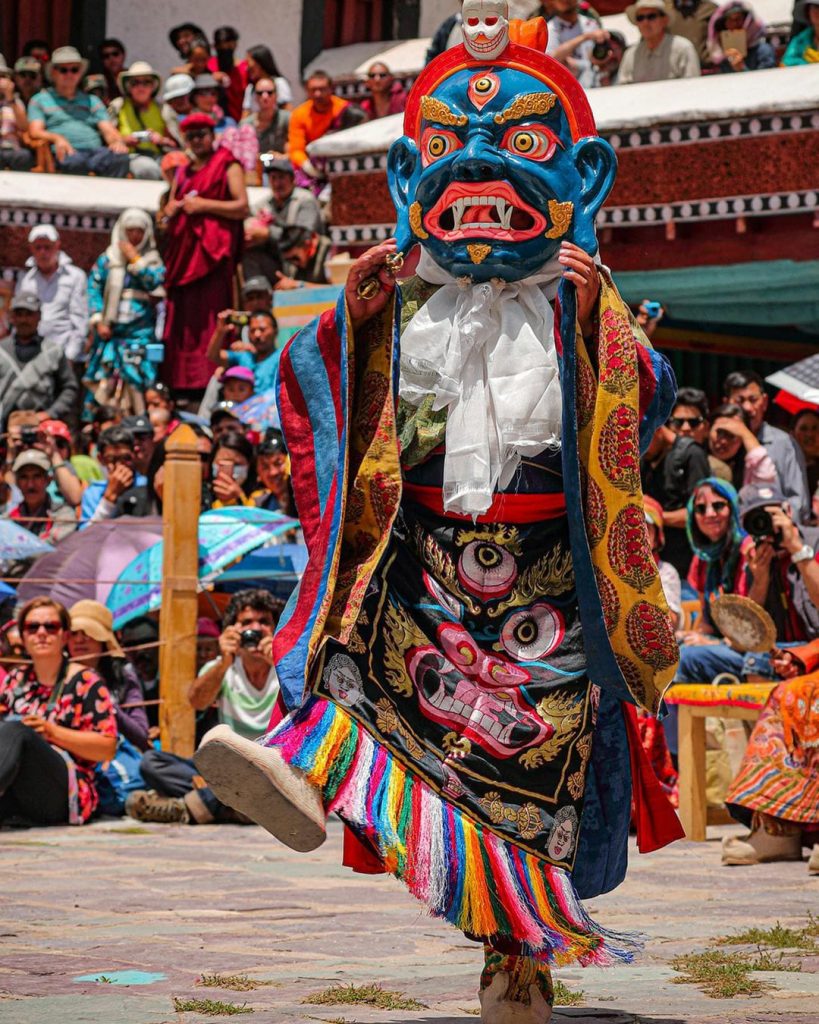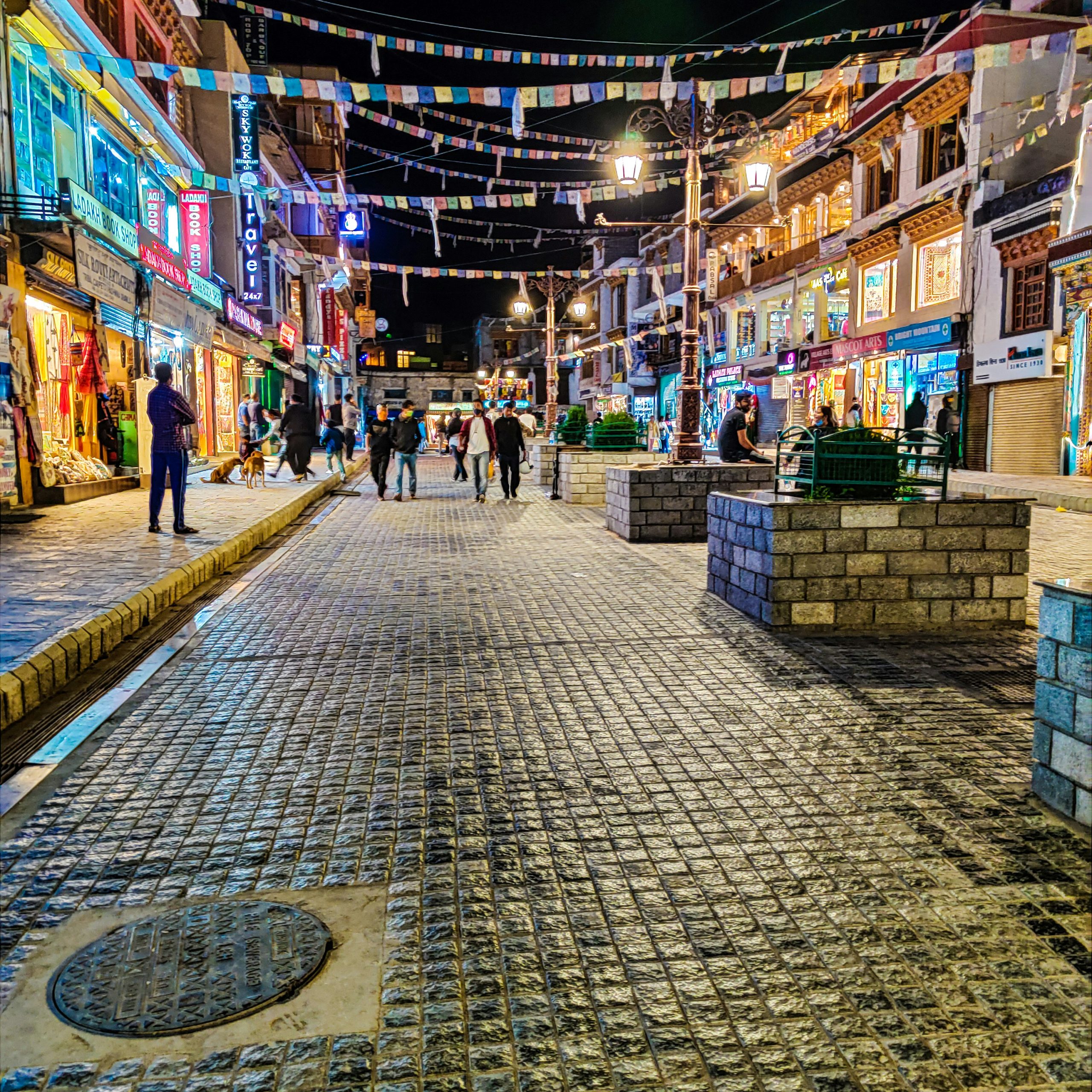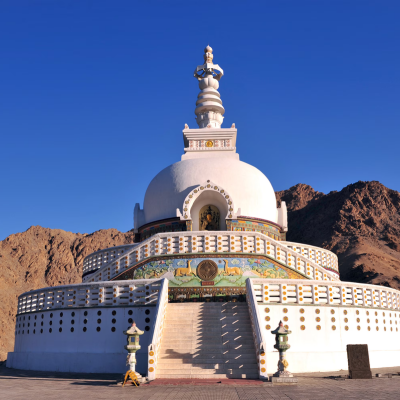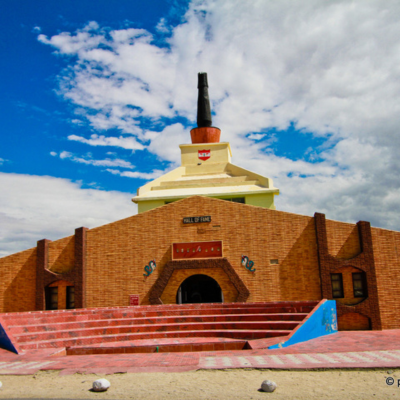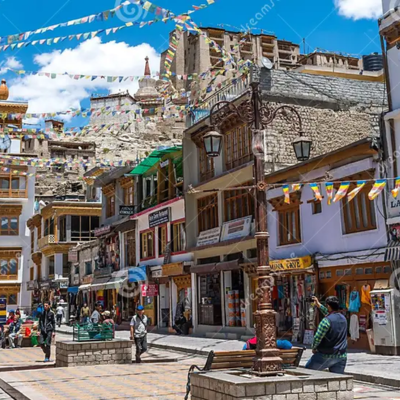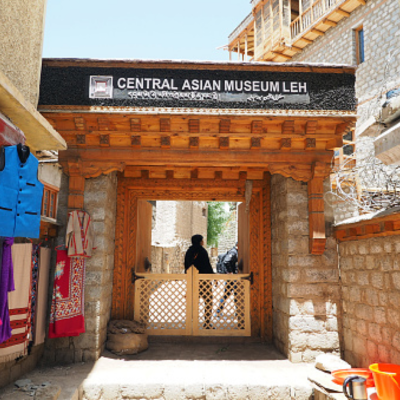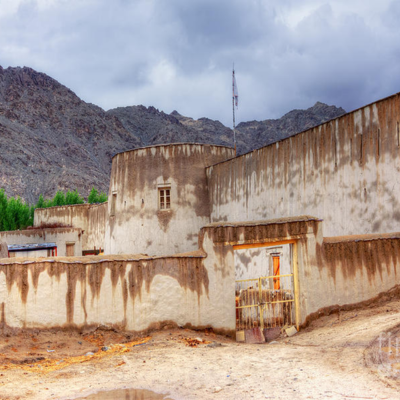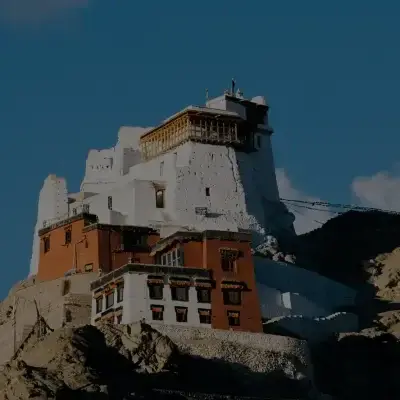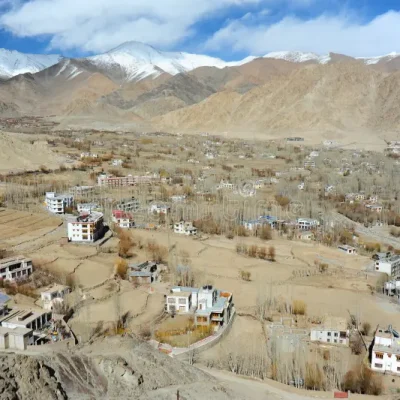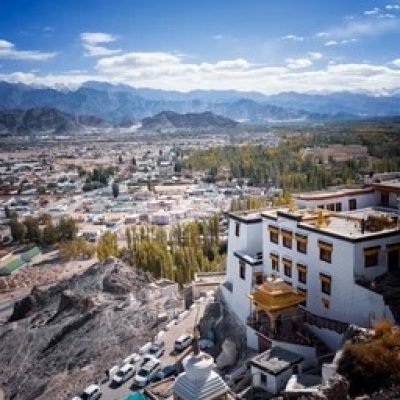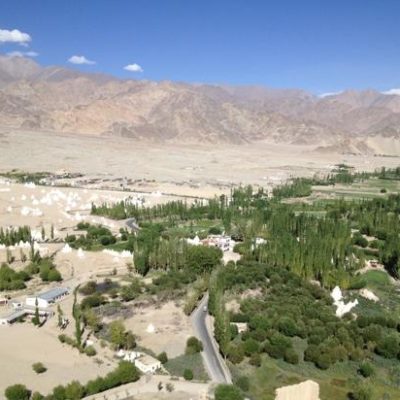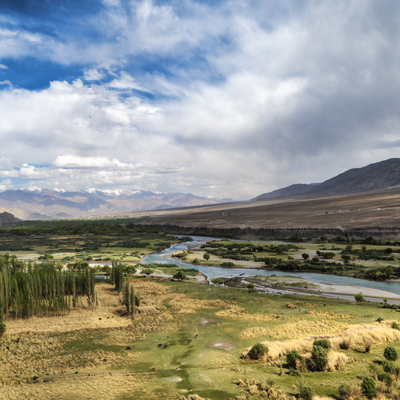Sakti holds a special place in Ladakh’s spiritual geography. The village is home to Takthok Monastery, the only Nyingma school monastery in Ladakh — the oldest school of Tibetan Buddhism, closely associated with the teachings of Guru Padmasambhava. According to local lore, Padmasambhava himself meditated in a cave here, which still forms the inner sanctum of the monastery.
The village, once part of a vital trans-Himalayan trade route, has long been a spiritual rest stop for pilgrims and monks traveling between Tibet and Ladakh. Its ancient roots and deep religious traditions are still visible in the way villagers live — from daily rituals to seasonal festivals and communal gatherings.
